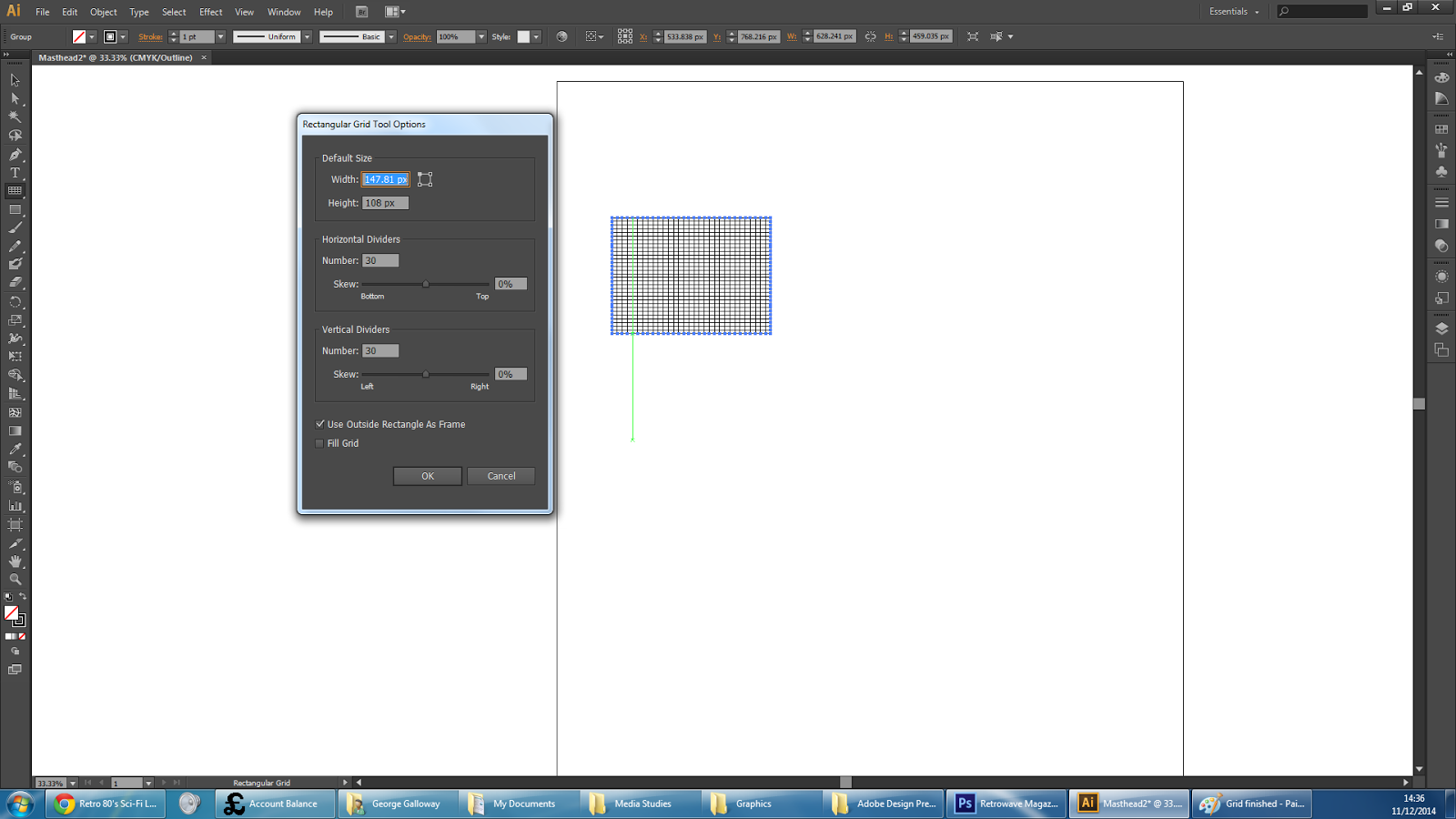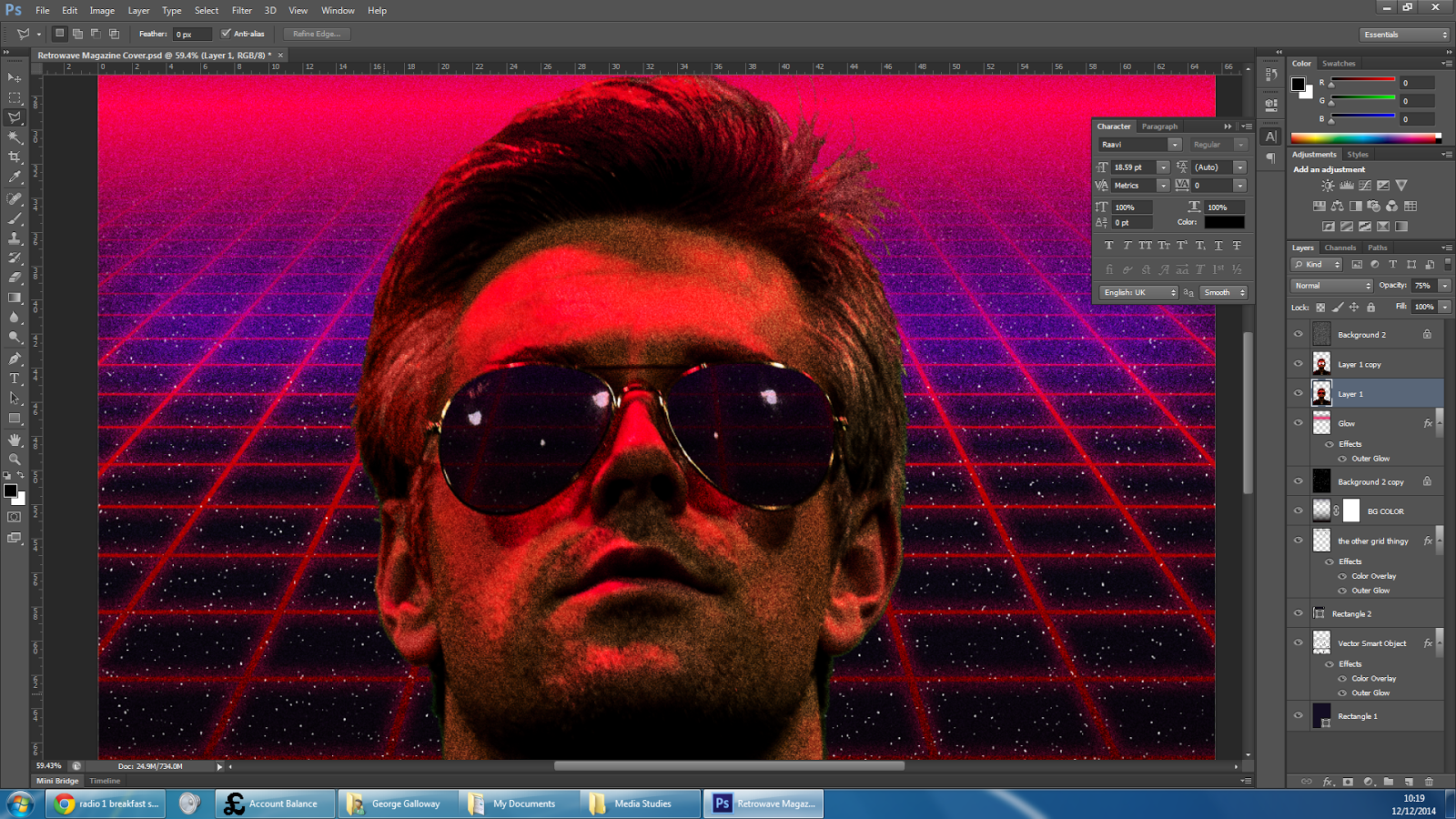My Target Audience:
One of the most difficult things in terms of research for my magazine has been finding evidence of a target audience.
There is little currently existing content of the same genre due to it's fairly niche but growing listener base, so it is difficult to pinpoint a target audience. However, the time period on which the music is inspired as well as the modern nature of it suggest dual audience age ranges.
This music genre 'Synthwave' is heavily inspired by the electronic music of the 1980's while bearing a modern twist. See more on the genre itself on my 'choice of music genre' post.
Firstly, I think that this genre is better suited to a male audience. It's iconography is fast cars, vice, sci-fi, and so on. This is definitely a more male oriented genre of music along with the patriarchal values of the 1980's which I think acts as ironic / nostalgic homage to that era.
Furthermore, given that the younger and teenage generation of the 1980's would now be in their 30's and 40's, a magazine of this genre should appeal to the nostalgic and familiar values of that generation. All while at the same time appealing to and introducing the 80's aesthetic to the teenagers of the 2000's and 2010's.
Finally, given that more young people spend time on the internet, play video games, and listen to electronic music now than ever before, I think that the genre should focus more on introducing the newer generations to the 80's electronic genre than appealing to adults who perhaps a very small, niche group of whom listened to similar music during the 80's and early 90's.
In Conclusion, I would estimate from this that the target audience for my magazine and the genre overall must be a range from a predominantly male pre-adolescent, teenage, 20's and possibly early 30's listener base. However there is nothing to exclude women from the genre, although in theory female listener base should be significantly smaller than that of the average male, especially electronic music fans or those born in the 1970's and 1980's.
Examples of the genre in pre-existing magazines: Simply put, there are no existing magazines designated to this and the only sources of inspiration for the magazine is the YouTube Channel 'New Retro Wave' and 1980's Artwork, Magazine Covers and images based on this genre or that the genre itself is based on, taken from the Internet; much like the content above. Finally, one of the most important methods of understanding the aesthetic of the genre is to just listen to Synthwave and look at imagery like that shown on the 'Choice of Music Genre' post to create an image of what the magazine should look like while incorporating the necessities of a magazine cover onto that image conjured in my head.







































